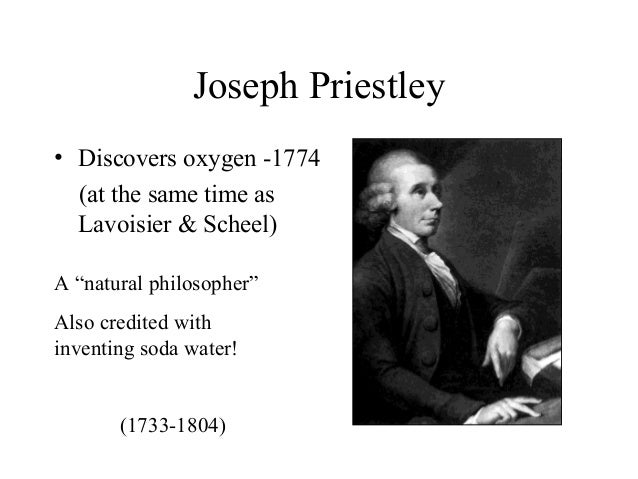

Boron is also an important component of many ceramics and heat-resistant borosilicate glasses, such as Pyrex, which is used for ovenware and laboratory glassware. Hence they are used as structural reinforcing materials in objects as diverse as the US space shuttle and the frames of lightweight bicycles that are used in races such as the Tour de France. The reaction shown in Equation 22.3 is used to prepare boron fibers, which are stiff and light. Gallium (Ga Mendeleev’s eka-aluminum) was discovered in 1875 by the French chemist Paul Émile Lecoq de Boisbaudran during a systematic search for Mendeleev’s “missing” element in group 13.Įquation 22.4 B 2H 6(g) → 2B(s) + 3H 2(g) Indium, named for its indigo (deep blue-violet) emission line, was first observed in the spectrum of zinc ores, while thallium (from the Greek thallos, meaning “a young, green shoot of a plant”) was named for its brilliant green emission line. Indium (In) and thallium (Tl) were discovered in the 1860s by using spectroscopic techniques, long before methods were available for isolating them. Elemental boron and aluminum, which were first prepared by reducing B 2O 3 and AlCl 3, respectively, with potassium, could not be prepared until potassium had been isolated and shown to be a potent reductant.
#Priestley periodic table explorer free
Although group 13 includes aluminum, the most abundant metal on Earth, none of these elements was known until the early 19th century because they are never found in nature in their free state. Except for the lightest element (boron), the group 13 elements are all relatively electropositive that is, they tend to lose electrons in chemical reactions rather than gain them. Group 13 is the first group to span the dividing line between metals and nonmetals, so its chemistry is more diverse than that of groups 1 and 2, which include only metallic elements.


The Periodic Table Explore has a completely new and innovative user interface that allows for an almost unlimited amount of control over the display. Periodic Table Explorer application contains all the elements of the Periodic Table along with images of the elements in their natural state, as well as lots of other information and interactive displays.


 0 kommentar(er)
0 kommentar(er)
